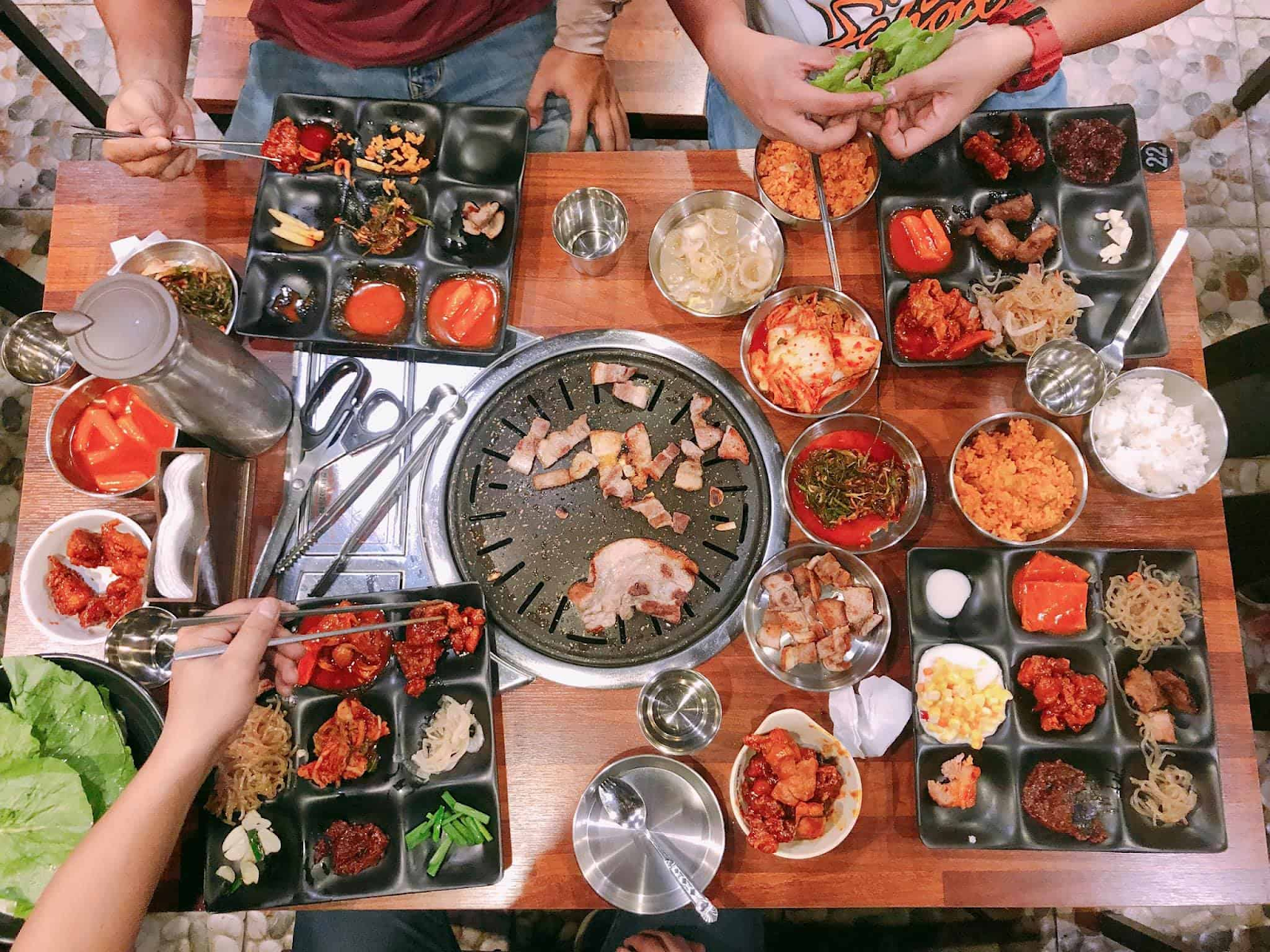The Triple F: Fashion, Food, and the Failing Ecosystem
When I was a senior in high school, I once saw a Facebook post encouraging thrifting—the act of purchasing discarded and gently-used goods for a much lower price. In the Philippines, thrifting is often associated with ukay-ukay stores. The word ukay derives from the Cebuano term for “dig,” perhaps to signify the act of sifting and digging through a huge pile of clothes—a call out to how most local thrift stores arrange their products.
Although the post didn’t gain viral levels of traction, (the message was merely from a friend) it still gained significant attention among my peers with how it justified the act of ukay (yes, the word has evolved to become a verb in the local language). It lambasted huge brand corporations for cheating consumers off of their money when clothing could be purchased at a significantly cheaper price.
 |
| A popular ukay-ukay outlet in Raintree Mall, located along Cebu City's Mango Avenue. Photo from https://gspot.ph/trends/the-4-best-ukay-ukay-spots-in-cebu-to-shop-for-fashion-finds/ |
The COVID-19 pandemic hit a couple years later, increasing the dependency on digital technologies for both businesses and consumers. Sellers, in particular, needed to keep up with the evolving technology and current trends in order to keep their businesses afloat. Thus, came the boom of online selling. Thrifting moved online and this “virtual ukay” came in a variety of forms—be it in Instagram accounts selling pre-loved clothing, to the occasional post you see in the Facebook marketplace. But, perhaps, the most popular form of purchasing cheap clothing comes in the act of live-selling.
In a system similar to auctioning, sellers live stream on social media platforms to sell their goods on a first come, first serve-slash-highest offer basis. However, unlike typical thrifting shops, the products usually sold in these stores are not second-hand clothing, but factory discards of fast fashion brands. New, branded clothing partnered with ridiculously low prices has made this form of ukay wildly popular.
The easy availability of goods—partnered with ever-changing social media trends— encourages a modern lifestyle of consumerism and overconsumption. This isn’t only limited to thrifting. Bigger than fashion, the agriculture and food industry has long posed a serious threat to our planet’s ecosystem due to constant mass production and commercialization. According to VICE News, current commercial food production practices encourage the lessening of biodiversity, have a massive carbon footprint, and constantly take up wide swathes of land—often rendering large areas unusable.
This means that not only are we using up huge amounts of resources to sustain these industries, but we are also making the planet’s species more vulnerable to disease by forcibly and unnaturally shaping the ecosystem according to the wants and desires capitalism has imposed on us.
 |
| Barangay Seoul, one of the numerous Korean BBQ restaurants offering unlimited food within Cebu City. Photo from https://sugbo.ph/2021/unli-samgyeopsal-korean-cebu/ |
The fast food industry has, for the longest time, been one of the main causes of the food production problem. With the help of global commercialization, the evolution of mass media, and the trends leaning toward the encouragement of food consumption, this problem has been exacerbated. There is a surplus of fast food chains and buffet restaurants. Social media stimulates an inordinate desire for food through an endless algorithm of restaurant reviews, mukbangs, food challenges, and much more.
Limitless consumerism is a tenet of the modern lifestyle. Projecting the idea that goods maketh man continues to build and encourage systems of destructive mass production that contribute to climate change.
References:
- Aldrich, S. (2022, September 14). What Does it Mean to Go Thrifting? | Thrift Stores. Goodwill of Central and Northern Arizona. https://www.goodwillaz.org/what-does-it-mean-to-go-thrifting-2/
- BusinessMirror. (2022, June 13). What is causing the rise of obesity in the Philippines? - BusinessMirror. BusinessMirror - a Broader Look at Today’s Business. https://businessmirror.com.ph/2022/06/14/obesity-in-the-philippines/
- DW Planet A. (2021, December 10). If you think fast fashion is bad, check out SHEIN [Video]. YouTube. https://www.youtube.com/watch?v=U4km0Cslcpg
- VICE News. (2021, November 22). We Can’t Beat the Climate Crisis Without Rethinking This | Planet A [Video]. YouTube. https://www.youtube.com/watch?v=pyXjW-A60oc
- Wikipedia contributors. (2022, September 23). Ukay-ukay. In Wikipedia, The Free Encyclopedia. Retrieved 18:37, October 24, 2022, from https://en.wikipedia.org/wiki/Ukay-ukay

Comments
Post a Comment